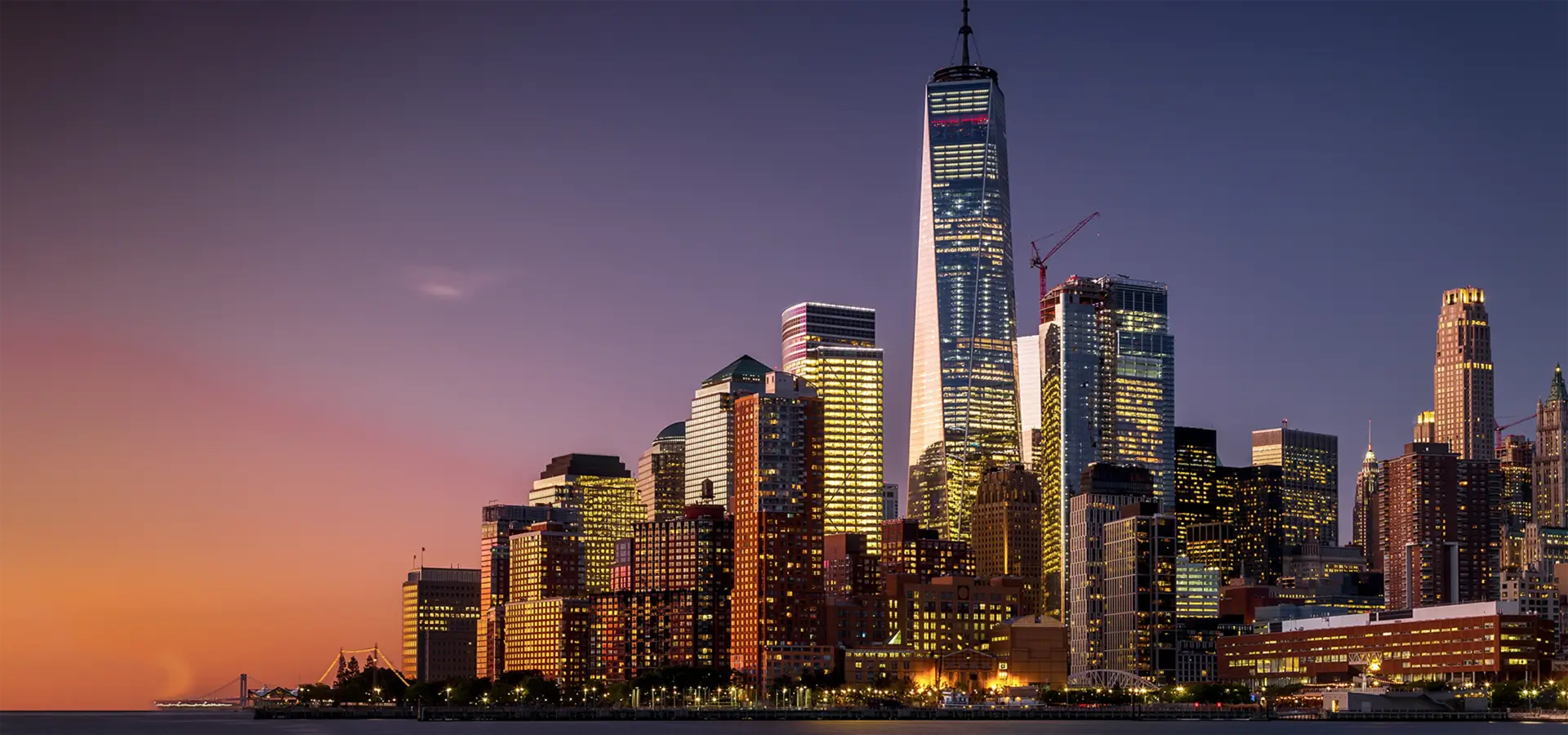

The Fascinating World of Float Glass A Closer Look
Float glass, a term that has become synonymous with modern architecture and design, is an essential material in today's construction and manufacturing sectors. This unique type of glass is produced using a process that results in a flawless flat surface, making it ideal for a variety of applications. The origins of float glass can be traced back to the 1950s, and since then, it has revolutionized the industry with its versatility and aesthetic appeal.
The manufacturing process of float glass is remarkable in its simplicity yet requires precision engineering. It begins with heating silica sand, soda ash, and limestone to high temperatures in a furnace, where these raw materials undergo a chemical transformation. The molten glass is then poured onto a bed of molten tin, where it spreads out evenly to form a flat surface. This floating action of the glass on the tin allows it to achieve a uniform thickness and smooth finish without distortions or imperfections. After cooling, the glass is cut and prepared for various applications.
One of the most significant advantages of float glass is its optical clarity. When viewed from a distance, float glass appears crystal clear, with minimal green tint often found in other glass products. This characteristic makes float glass an ideal choice for windows, facades, and other applications where visibility and aesthetics are paramount. Architects and designers favor float glass not only for its clarity but also for its ability to reflect and transmit light, contributing to energy efficiency in buildings by reducing the need for artificial lighting.
In addition to its aesthetic qualities, float glass is also highly versatile. It can be treated in various ways to enhance its properties. For instance, float glass can be tempered or laminated to improve its strength and safety. Tempered glass, created through a heating and cooling process, is up to five times stronger than standard glass, making it an excellent choice for areas prone to breakage, such as shower doors and glass facades. Laminated glass, on the other hand, consists of multiple layers of glass bonded together with an interlayer, providing added safety and sound insulation.

Float glass is not just limited to residential and commercial buildings; its applications extend into the automotive industry as well. Many cars today feature float glass in their windows and windshields due to its clarity and durability. The ability to easily shape and mold float glass further enhances its usability in automotive design.
Beyond its structural uses, float glass is also being adapted for innovative applications in technology and sustainability. For example, researchers are exploring its potential in the development of solar panels. By integrating float glass with photovoltaic materials, manufacturers have created energy-efficient solutions that harness solar power while maintaining aesthetic appeal. This blend of functionality and design makes float glass an integral component of the green building movement.
Despite its many advantages, the production of float glass is not without environmental considerations. The high energy consumption during the melting process and the emissions produced can contribute to environmental degradation. However, the industry has made significant strides in recent years. Many float glass manufacturers are now investing in energy-efficient technologies and recycling programs to minimize their environmental impact. The use of post-consumer recycled glass in the production process is one such initiative, reducing the demand for raw materials and lessening the overall carbon footprint of glass manufacturing.
In conclusion, float glass stands as a testament to human ingenuity and innovation in materials science. Its exceptional clarity, versatility, and adaptability have made it a preferred choice across multiple industries. As technology continues to advance, float glass is poised to adapt and evolve, offering sustainable solutions that meet the demands of modern society. Whether shattering light in a building facade or shaping the future of renewable energy, float glass will undoubtedly remain a significant part of our lives for years to come.